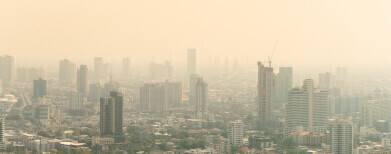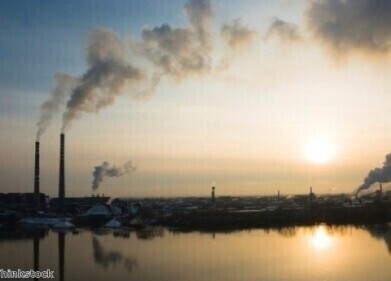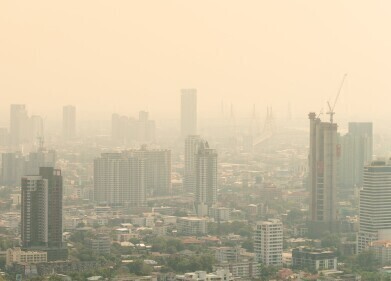Ambient Air Quality
Transboundary haze returns to endanger public health in Southeast Asia for another year
Oct 12 2023
The persistent issue of transboundary haze has resurfaced once again in Southeast Asia. This increasingly worrying environmental concern is not just an isolated incident but a recurring problem with significant implications for regional public health, economy, and diplomatic relations.
On a recent Saturday, Singapore's air quality dipped into the alarming range, with readings from the 24-hour Pollutant Standards Index indicating values over 100. Such measurements suggest that outdoor activities should be minimized due to the health risks posed. This decline in air quality was attributed to the growing number of forest fires in neighbouring Indonesia, particularly on Sumatra Island. The cause of these fires is deeply rooted in land clearing practices that have become a matter of routine. Traditional slash-and-burn methods are employed annually in Indonesia and Malaysia to make way for the nations’ signature commodity, palm oil – of which Indonesia and Malaysia provides over 80% of the world’s supply – as well as pulp and paper plantations. Firms do attempt to prevent the formation of haze clouds during clear by “water-bombing” potential hotspots from helicopters. The growing demand and rising prices for palm oil, exacerbated by the Russia-Ukraine conflict, create an incentive for increased production and consequent land clearing, as well as various regulatory loopholes that, for instance, allow smaller farmers to engage in less controlled clearance methods and maintain protective ambiguity around parties with a duty not to clear in the most damaging ways.
However, recent research has complicated this easy picture, somewhat. Climatic patterns, such as El Niño/La Niña, have been linked to the intensity of the haze. In atmospheric physics, El Niño refers to the Pacific Ocean's surface warming that tends to bring about hotter and drier conditions in Southeast Asia and Australia. If you take into account the potential co-occurrence of the Indian Ocean Dipole (IOD), surface temperatures in the western Indian Ocean could well skyrocket, producing drier and more combustible ecosystems. Research from the National University of Singapore details how such conditions increase the propensity for peatlands in the region to catch fire as peatlands consist of partially decomposed organic matter which become highly combustible when exposed to dry conditions. The resultant fires can intensify transboundary haze events.
Nevertheless, in recent years, large clouds of dangerous haze have frequently caused trouble across Southeast Asia. In both 2015 and 2019, haze covered multiple countries in the region. This haze has significant implications, from health risks to economic downturns, particularly in sectors like tourism. For instance, the 24-hour Pollutant Standards Index in Singapore reached hazardous levels in September 2015, leading to school shutdowns.
Regional responses are in place to tackle the haze crisis. The Association of Southeast Asian Nations (ASEAN) initiated the Transboundary Haze Pollution Control Center, reflecting a commitment to achieving a haze-free region by 2030. With health, economy, and international relations at stake, a collaborative, transparent, and informed approach is an urgent necessity.
Digital Edition
AET 28.2 April/May 2024
May 2024
Business News - Teledyne Marine expands with the acquisition of Valeport - Signal partners with gas analysis experts in Korea Air Monitoring - Continuous Fine Particulate Emission Monitor...
View all digital editions
Events
Jul 30 2024 Jakarta, Indonesia
China Energy Summit & Exhibition
Jul 31 2024 Beijing, China
2024 Beijing International Coal & Mining Exhibition
Aug 07 2024 Beijing, China
IWA World Water Congress & Exhibition
Aug 11 2024 Toronto, Canada
Aug 25 2024 Stockholm, Sweden and online










.jpg)








